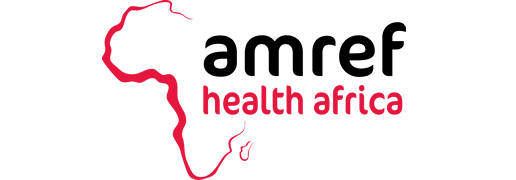The government-backed National Hospital Insurance Fund (Amendment) Bill before the National Assembly proposes significant changes to the administration and implementation of the scheme.
These changes are on the wings of reforms that started two years ago to reposition the National Hospital Insurance Fund (NHIF) into a strategic purchaser.
Strategic purchasing is a concept rooted in the understanding that countries do not have limitless resources and to make the most efficient use of available resources, the purchaser must make deliberate use of information to allocate resources to priority areas.
This requires people who are skilled in making difficult decisions — technically and politically. Therefore, the choice the leadership of the NHIF must make is to take these critical skills into cognizance.
One of the best parts of the amendments is having the private insurer incur the first charge for beneficiaries with other health insurance plans. Having said that, the implementation needs to be fully thought through.
How does the scheme verify that a claim sent to it is legit and that the private insurer has already paid all that is due from it? How does the NHIF prevent collusion to bypass this requirement?
There is a need here to create a process that ascertains full compliance with this legal provision without being overly bureaucratic, whilst predicting fraudulent trends before they become the norm.
For the NHIF to be sustainable, it needs to have enough funding for its activities. With the proposed amendments, the NHIF will be receiving additional funds from employers who will make matching contributions equal to what employees are liable to pay.
It will also become mandatory for all Kenyan residents above 18 years to contribute to the fund. Both changes are laudable, especially the fact that there is a penalty for employers who do not remit this matching contribution in a timely manner. But the devil is in the details.
How will the government enforce mandatory contribution? The contributions from salaries will be easy to track and collect but what about those from the informal sector? Below, I share some thoughts to consider in addressing this concern and other issues around making contributions mandatory.
The scheme will have to intensify mobilisation and registration with vigorous marketing, frequent communication with community stakeholders and dissemination of success stories of the scheme in contextually relevant ways, to increase buy-in, deep understanding of the benefits of the scheme and why everyone should contribute.
Rwanda has been able to achieve a high enrolment into the country’s community-based health insurance (CBHI) scheme, partly because there is an ingrained culture of solidarity making people to want to contribute to the scheme for the betterment of others.
At the village level, fundraisers are held for families that cannot afford to pay for themselves as the villages pride themselves on having 100 percent enrolment rates. Can this be replicated in Kenya?
How will the government determine the indigent to subsidise? Although the government has pledged to pay for one million poor households, does that represent the totality of the indigent in Kenya?
There has to be a rigorous system of identifying the poor and vulnerable. There are examples from across the continent to learn from.
Rwanda has used a home-grown socio-economic categorisation system, ubudehe that classifies the entire population into five groups based on income, with full subsidisation for CBHI scheme enrolment for the lowest socio-economic group.
To further increase funding to the NHIF, especially to subsidise the poor and vulnerable, the government can explore cross-subsidies from the private sector. In Rwanda, other private insurances contribute five percent of their premiums to the CBHI scheme.
In Nigeria, all health insurance firms contribute one percent of their premiums to the National Health Insurance Scheme. The same can be done in Kenya to ensure that the NHIF achieves its mandate of being the insurer of last resort.
It is also important to consider the long-term implications of premium collection from the population and the challenge posed by verifying mandatory contributions.
Is the administrative cost of collecting premiums from the entire country worth the funding received? Is there a potential now or in the future to consider tax funding for the NHIF especially in a country with a huge informal sector from whom it is difficult to collect premiums?
A good example of a country that has gone this route is Ghana. Although the country still has some teething challenges, Kenya can learn some lessons from the context and implementation.
If Kenya decides to go this route, it can also continue to augment NHIF’s funding with other funding sources including payroll taxes from the formal or organised private sector.
The proposed amendments are a step in the right direction. However, there are potential landmines in their implementation. This is the time for the NHIF team to work with other stakeholders to identify and anticipate potential challenges and put in place mitigation plans.
Some of the proposed reforms are not unique; they have been implemented by other countries and there is an opportunity to leverage cross-country learning platforms to reduce the learning curve for Kenya.
Author: Dr Olalere, Executive Director, Strategic Purchasing Africa Resource Centre
Article first published on the Business Daily
